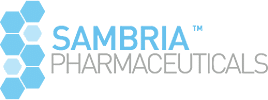OTC Lidocaine Cream
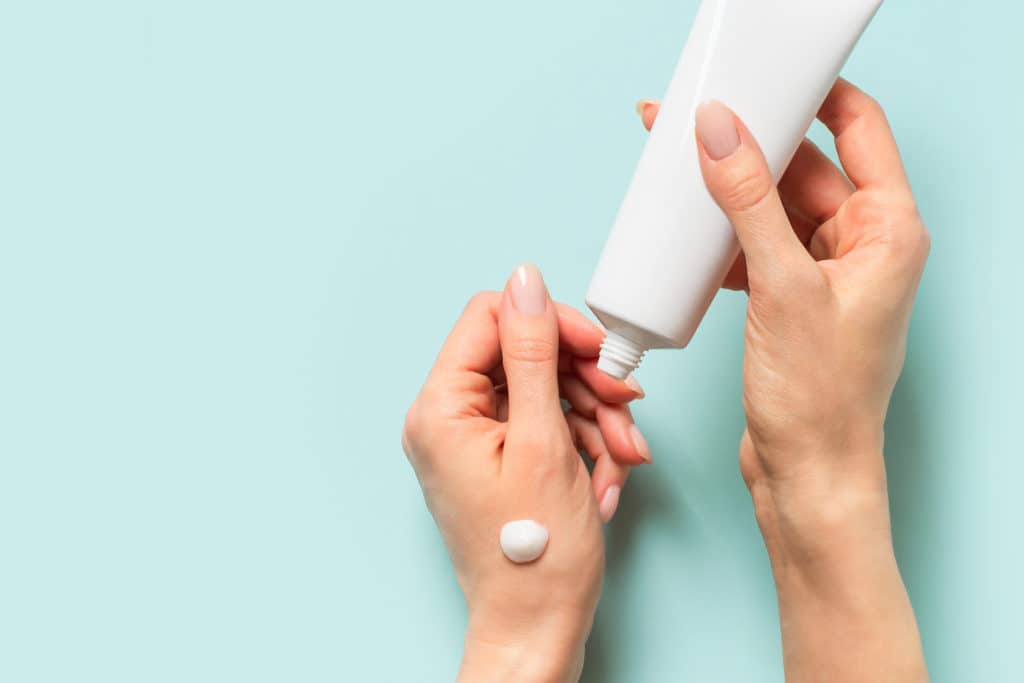
Lidocaine Cream can be purchased over the counter (OTC) as long as it’s concentration is within the established regulatory monograph (FDA legal policy). The maximum concentration allowed by the United States Food and Drug Administration (US FDA) for OTC lidocaine cream is 4% for use on human skin.
OTC lidocaine cream is used for a variety of conditions and procedures, including:
- pain, burn and itch caused by minor skin irritation
- pain, burn and itch caused by minor burns
- pain, burn and itch caused by insect bites and stings
- pain, burn and itch caused by eczema
Topical Lidocaine 4% and 5%

Lidocaine topical cream is supplied in both prescription and over the counter (OTC) forms. The United States Food and Drug Administration (US FDA) provides a standardized set of rules called a “monograph” that outlines allowable dosages, uses, packaging and related regulatory topics. The monograph for OTC lidocaine topical creams is the 21 CFR Tentative Final Monograph 348 External Analgesic Drug Products for Over the Counter Human Use. The 21 CFR 348 Monograph allows a concentration of 4% for lidocaine topical cream products. This means that lidocaine topical cream products can contain a maximum of 4% concentration or lower. Another monograph that regulates ano-rectal products allows a maximum of 5% concentration for lidocaine topical creams. When the concentration for a lidocaine topical cream is 5% it must state that it is for ano-rectal use only in the product data box on its packaging.
Topical lidocaine 4% is used to numb the skin. It numbs the skin where it is applied to a localized surface area. Topical lidocaine 4% is the highest concentration suggested and approved by the United States Food and Drug Administration (US FDA or FDA) for use on the skin. 5% topical lidocaine creams are approved for ano-rectal use, such as for the relief of pain, burn and itch for hemorrhoids.
*This information is not intended for use as diagnosing or treating health related conditions. Consult your doctor before using any lidocaine topical cream for any reason.
Applying OTC Lidocaine Cream
Topical OTC lidocaine cream should only be used on small to medium surface areas, not large areas such as the entire back or even half the back. OTC lidocaine cream should also only be used up to three to four times per day and only for up to seven days, unless otherwise directed by a licensed physician.
OTC lidocaine cream should be applied in a thin layer to the affected treatment area and massaged into the skin. When applying lidocaine cream OTC it is best not to pre-apply heat or cover with any form of dressing unless directed by a licensed physician. While implementing these methods may possibly improve the penetration of the active pharmaceutical ingredient (API) in the lidocaine cream OTC, it may also increase the risk of systemic absorption which in high doses can lead to serious adverse health issues.
When used as directed these products are considered safe and effective for adults and children two years of age or older. Always ensure that your OTC lidocaine cream is made in US FDA approved and monitored facilities for the best quality and safety standards. Those products that are not manufactured in US FDA approved and monitored facilities run the risk of serious defects, flaws, inaccurate dosing, dangerous pathogenic microbes and more.
Sambria Pharmaceuticals - NeruoMed 7 Lidocaine Cream
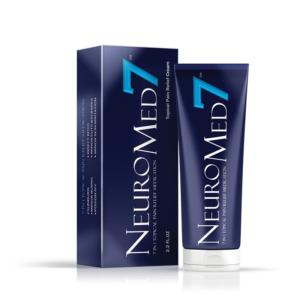
The Sambria Pharmaceuticals Topical Lidocaine products are NeuroMed 7 sanitary, single-use packets and multi-use tubes. There is NeuroMed 7 also included in the NeuroMed BLT Combination package, which is the clinical convenience package that also includes, NeuroMed FA (topical benzocaine) and NeuroMed LA (topical tetracaine).
NeuroMed 7 (4% topical lidocaine) and NeuroMed AR (5% topical lidocaine) are the name brands for the Sambria Pharmaceuticals Topical Lidocaine Cream products. They are both supplied in single-use, sanitary packets that contain 4 mL (grams by weight) of the proprietary formulation of the lidocaine products. Sambria Pharmaceuticals Topical Lidocaine Creams differ from other products in more than one way.
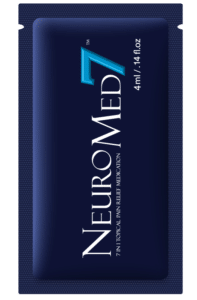
First, Sambria Pharmaceuticals Topical Lidocaine Creams are supplied in the unique single-use sanitary packets. This packaging was created keeping reducing the risk of cross contamination in mind. Many medical clinicians strive to maintain an aseptic workplace. Most other competitors supply their lidocaine creams in multi-use jars and tubes, which may lead to the risk of contaminants such as toxins and microbes (fungus, virus or bacteria) entering the package during their many uses. By eliminating these package forms in place of a single-use, sanitary packet, made in an FDA approved and monitored facility, the risk drops. This is one of the many factors that contribute to make the Sambria Pharmaceuticals Topical Lidocaine Creams among the best in class.
Sambria Pharmaceuticals Topical Lidocaine Creams are formulated to improve safety, efficacy and speed to effect. The proprietary formulation was created to improve the patient experience by improving these factors as well as ease of use, application and removal without leaving any gritty, oily or chalky residue. NeuroMed 7 Single-use, sanitary 4 mL packets – lidocaine – smooth and creamy grit free formula – supplied in single-use sanitary packets – includes penetration enhancers in its formulation.
Uses for OTC Lidocaine Cream
OTC lidocaine cream products are used in clinical and home healthcare settings to numb the skin for a variety of reasons, including:
- pain, burn and itch caused by minor skin irritations
- burn and itch caused by poison oak, ivy and sumac
- pain, burn and itch caused by insect bites and stings
- pain caused by injections
- pain caused by blood draws
- pain caused by tattoos and piercings
- pain caused by cannula insertions
- pain caused by shingles
- pain caused by superficial medical aesthetic/cosmetic procedures
- other uses directed by a licensed physician
OTC Lidocaine Cream Product Safety
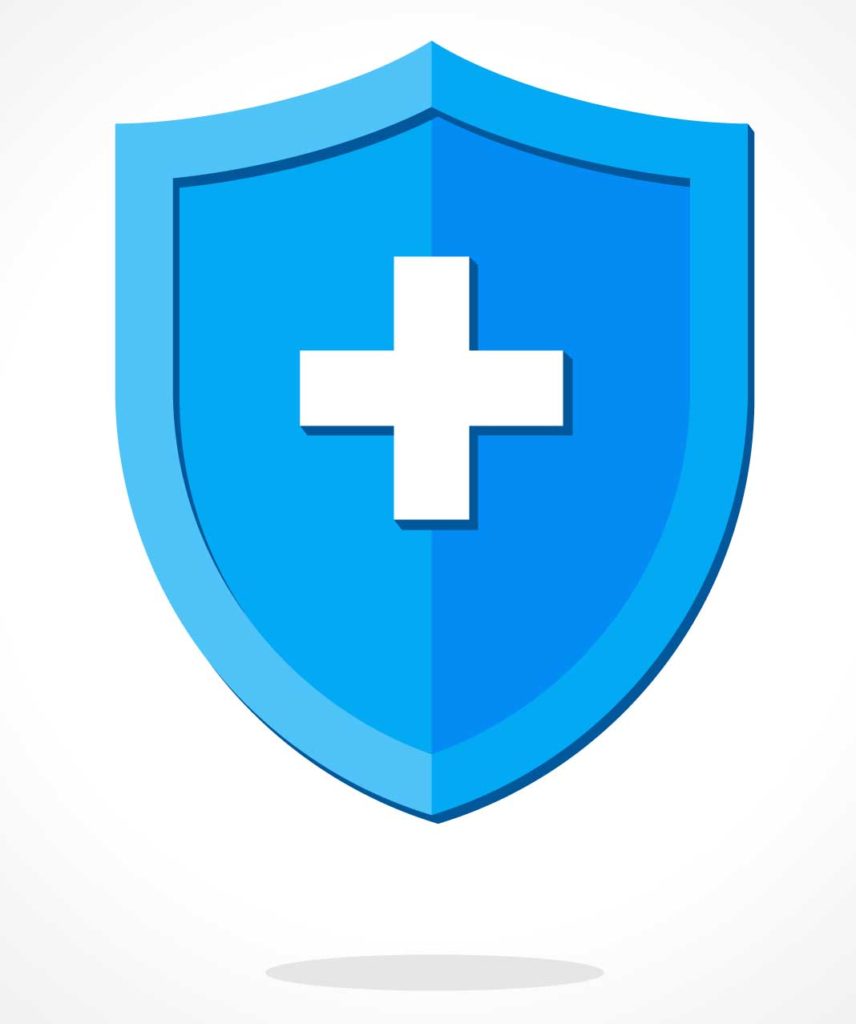
Lidocaine works by entering the skin and blocking nerve signals that transmit pain, burn and itch sensations. It blocks the channels in the nerve where pain signals begin so they are not transmitted to the brain. Lidocaine is also used in emergency medicine when administered by intravenous injection. It is used to slow the heart rate when it is too high and erratic. Since it has the ability to have this effect when a large enough amount enters the blood stream, it is important to be aware of this effect and only use lidocaine topical cream products as directed. Lidocaine cream should only be used on intact skin. It should also be used on small to medium surface areas (not large, such as an entire leg or back) and not more than three times per day or for more than a week without consulting your doctor.
OTC Lidocaine - Mechanism of Action
This medicine contains the active ingredient lidocaine hydrochloride (previously known as lignocaine hydrochloride in the UK). Lidocaine is a type of medicine called a local anaesthetic. It is used to numb areas that would otherwise feel pain.
Pain is caused by the stimulation of pain receptors at the ends of nerves. The stimulation causes sodium to enter the nerve ending, which causes an electrical signal to build up in the nerve. When this electrical signal is big enough, it passes along the nerve to the brain, where the signal is interpreted as pain.
Lidocaine works by temporarily blocking this pathway of pain signals along nerves. It does this by stopping the sodium entering the nerve ending at the site of the pain. This prevents an electrical signal building up and passing along the nerve fibers to the brain. When applied locally to a surface treatment area, topical lidocaine 4% works by blocking the neuronal sensations of pain (pain signals).
In order for the active ingredient to work, it must first get past the barrier layer of the skin known as the stratum corneum. This layer is designed to block toxins and other health risk causing contaminants into the body system. It also blocks other materials from entering the body. Therefore, ingredients called skin penetration enhancers, also known as drivers, must be included for maximum efficacy of topical lidocaine 4% cream.
Some of the more commonly well-known safe and effective drivers are:
- MSM
- Ethoxydiglycol
- Propylene glycol
- Isopropyl myristate
- Urea
